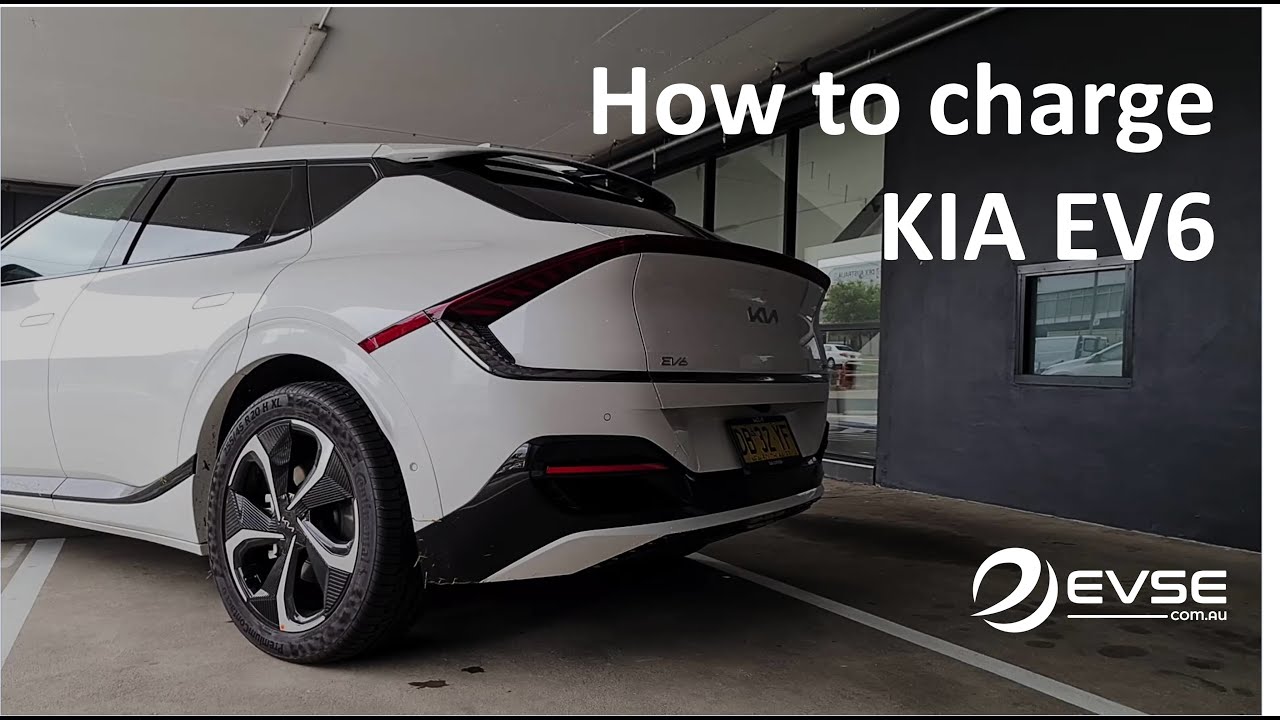As electric vehicles continue to usher in a new era of sustainable transportation, the intricacies of charging compatibility often pique the interests of potential buyers and enthusiasts alike. A question has arisen in the automotive community: can a 2024 Kia EV6 use a Tesla charger? Given the growing number of electric vehicle owners and the expanding infrastructure of charging stations, understanding the compatibility of various EV models with charging networks is paramount.
The 2024 Kia EV6 is a cutting-edge electric crossover that boasts striking aesthetics and impressive specifications. With a blistering acceleration and a driving range that can satisfy long-distance travel without frequent stops, this vehicle has rapidly gained attention. However, when it comes to charging, especially in relation to Tesla’s expansive Supercharger network, significant curiosity persists. Will EV6 owners have the privilege of using one of the most prolific charging stations in the world?
At the crux of this inquiry lies the charging standards utilized by different manufacturers. The Kia EV6 is equipped with a CCS (Combined Charging System) port, which is globally recognized and widely adopted among various electric vehicle brands. Tesla, on the other hand, primarily uses its proprietary connector in North America, which creates an apparent barrier to compatibility. This disparity raises vital questions for consumers who hope to rely on Tesla’s broad Supercharger network.
However, an innovative trend has begun to emerge in the electric vehicle landscape. Several automakers, including Kia, are starting to embrace more universal charging standards. This is, in essence, an evolutionary step toward inclusivity in the EV realm. While Tesla has traditionally employed a closed ecosystem for its charging infrastructure, recent conversations have hinted at the company’s readiness to adapt and potentially integrate CCS options into its Supercharger stations. This possibility creates a tantalizing prospect for Kia EV6 enthusiasts who wish to utilize Tesla’s charging facilities.
To better understand this evolving landscape, one must consider the differing charging levels available at various stations. Tesla Superchargers, particularly the V3 stations, offer rapid charging capabilities, with outputs that can reach 250 kW. This incredible speed allows vehicles to regain a significant amount of charge in a short period, making them a coveted choice for long-distance travelers and those in need of a quick energy boost. By contrast, public charging stations employing CCS connectors typically fall within a similar range but may not achieve the same rapid results as Tesla’s technology.
For potential Kia EV6 owners, the availability of charging options plays a crucial role in the overall ownership experience. While the Kia EV6 boasts impressive range, the prospect of using a robust network like Tesla’s would undoubtedly enhance convenience and reduce range anxiety. If Tesla successfully integrates CCS into their Supercharger stations, this could fundamentally shift the paradigm for charging accessibility. Imagine a scenario where EV6 owners seamlessly pull into a Tesla Supercharger, plug in, and continue on their journey without a second thought. It’s an enthralling image that many electric vehicle proponents hope to see realized.
Another important dimension to consider is the expansion of charging infrastructure. Partnerships and collaborations are becoming increasingly common in the automotive world as manufacturers look for ways to expand their charging networks. For instance, discussions are brewing about potential alliances between traditional automakers and charging network companies. Such collaborations could unify standards and create a more cohesive charging environment for EV drivers, thereby propelling the industry toward a more sustainable future.
Moreover, the broader context of energy policy and grid management must not be overlooked. As electric vehicle adoption surges, the demand for charging infrastructure will necessitate significant updates to energy policies and grid management systems. A well-functioning grid capable of supporting a large influx of electric vehicles will be crucial for the success of any charging solution, including the hopes for cross-compatibility between brands.
In addition to the compatibility issues, the growth of residential charging solutions adds another layer of convenience for Kia EV6 owners. Many EV drivers have the luxury of charging at home overnight, making the need for public station dependency less critical. Still, the reliability and speed of public charging stations remain pivotal, especially for road trips or in areas without robust residential charging options.
Ultimately, the question of whether a 2024 Kia EV6 can use a Tesla charger is not only about hardware compatibility but is also emblematic of the larger trends shaping the electric vehicle industry. The promise of adaptive charging technologies and the potential for enhanced interoperability among EV manufacturers can invigorate the market, driving forward innovation and consumer choices alike. As manufacturers like Kia evolve their offerings and as Tesla re-evaluates its charging network strategy, the prospect for compatibility grows increasingly feasible.
In conclusion, while the current charging landscape presents challenges, the winds of change are blowing. The visions of a unified and accessible charging experience for all electric vehicle owners are beginning to take shape. With the Kia EV6 leading the charge in flexibility and performance, combined with the adaptability of charging networks, the future may indeed hold a world where EV drivers enjoy seamless access to a comprehensive and interconnected charging ecosystem. One can only wonder, what other advancements lie ahead for the electric vehicle community?
